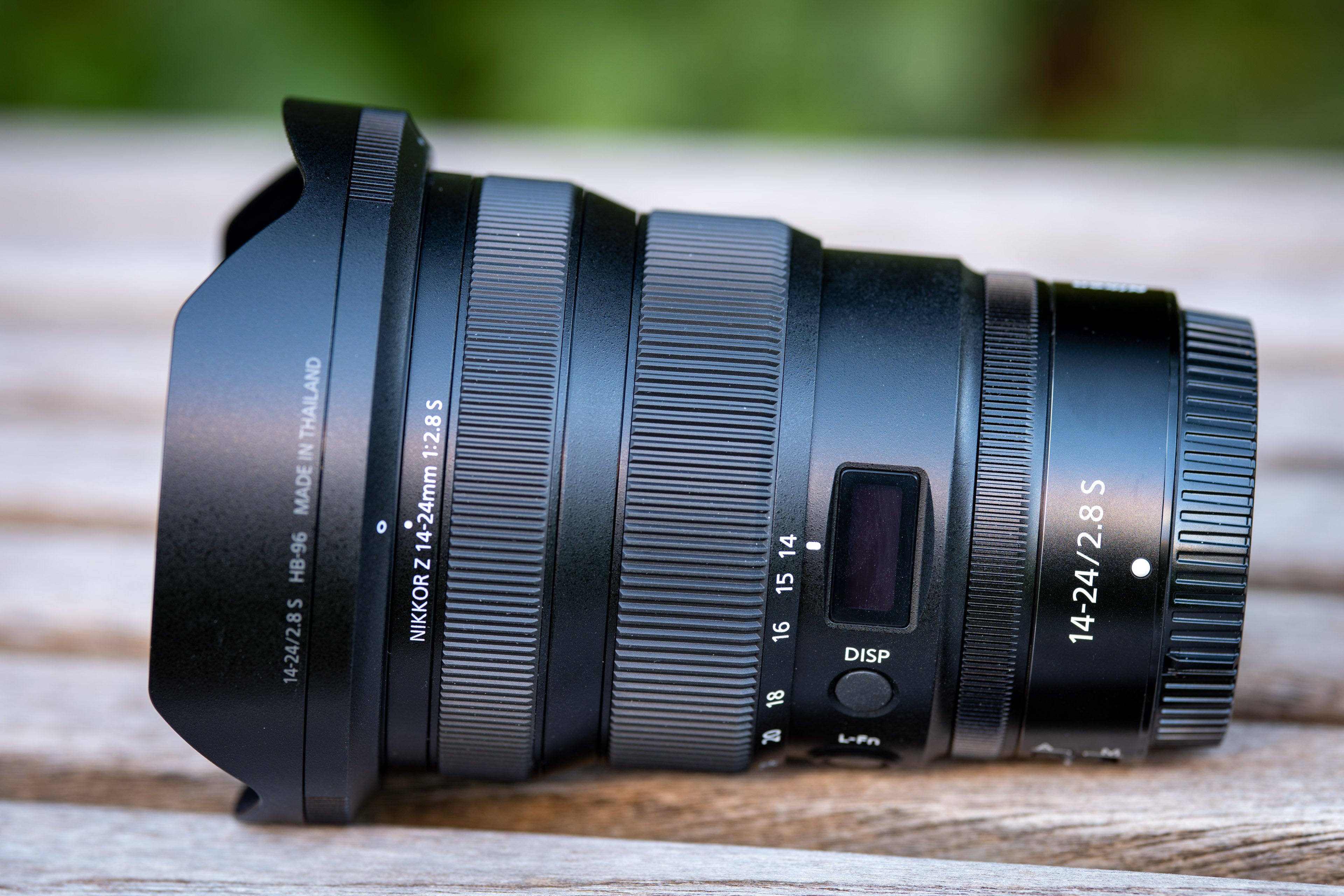
Best Nikon Lenses
Welcome to my Buyer’s Guide to the Best Nikon Lenses! Whether you have a Nikon DSLR or mirrorless camera – or both! – you’ll find out which lenses I can personally recommend from Nikon, along with third-party manufacturers including Sigma, Tamron and Samyang.
I’m splitting this guide into two sections depending on whether you shoot with a Nikon mirrorless camera or a Nikon DSLR, and you can jump directly to each section as required. First I’ll start with my Best Z-mount lenses for Nikon Z-series mirrorless cameras, followed by my Best F-mount lenses for Nikon DSLRs.
F-mount DSLR lenses can also work with Nikon’s mirrorless cameras using an optional adapter, so my DSLR lens guide equally applies to Z-series cameras and will provide lots of alternative models. This doesn’t work the other way round though, so it’s not possible to fit a Z lens onto a DSLR. Since the Z system is comparatively young, I’ll also include a handful of DSLR lenses in that guide as alternative options. As always I’ll link to my reviews and sample image galleries where available, along with including links to check the latest pricing.
Best Z-mount lenses for Nikon Z mirrorless cameras
Nikon launched its Z-series full-frame mirrorless system in mid-2018, but while it’s relatively young, Nikon has been steadily building a catalogue of lenses starting with the basics along with some more exotic options that showcase what the system is capable of.
Z-series cameras are available with full-frame sensors, (known as FX in Nikon’s terminology), or smaller ‘cropped’ APSC sensors (known as DX by Nikon). You can fit any Z-lens to either type of camera, although lenses with DX in their title are only designed to be sharp over the smaller APSC area, so are not recommended for full-frame bodies unless you want to achieve a special effect. If you’re using a DX-format camera, the field of view of all lenses, whether DX or FX, will be reduced by 1.5 times, so a 50mm would become equivalent to 75mm.
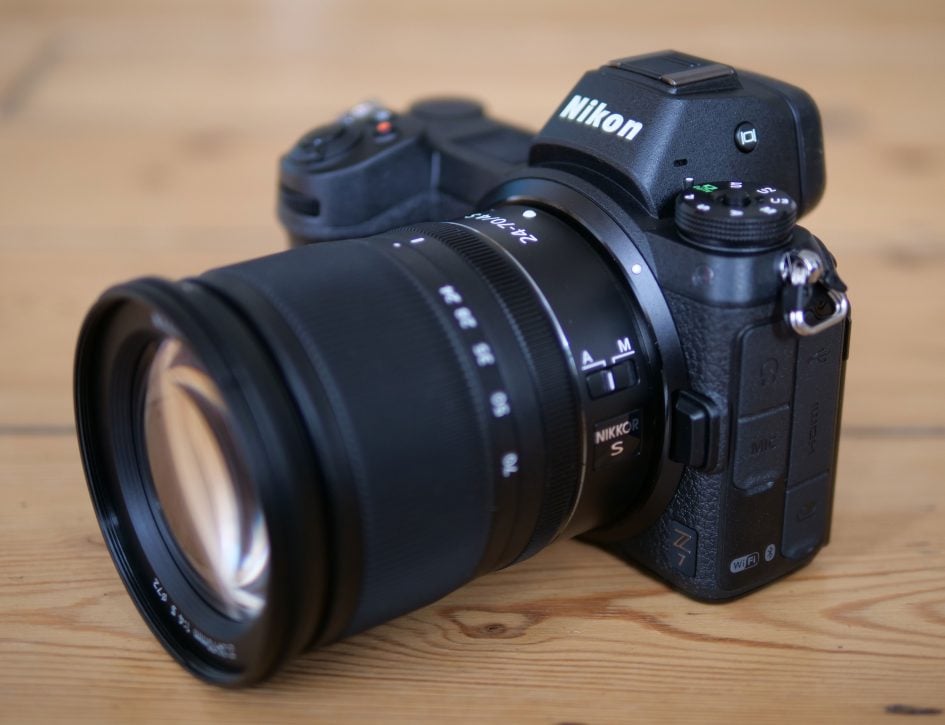
Starting with general-purpose zoom lenses for full-frame Z cameras, Nikon offers three options in the native Z-mount: the Z 24-70mm f4 S and Z 24-70mm f2.8 S which share the same range but differ in aperture, price and weight, and the Z 24-200mm f4-6.3 VR which offers a super-zoom range and optical stabilisation. The Z 24-70mm f4 S has become the standard kit zoom for most of the full-frame Z bodies and delivers very good performance in a compact and light body – plus the price is often heavily subsidised if you buy it at the same time as the camera; see my Nikon Z 24-70mm f4 S review for more details. As such it’s a no-brainer as a first lens, but the subsequent Z 24-70mm f2.8 S delivers sharper results, more attractive bokeh plus the benefits of an extra stop of aperture along with a handy OLED display; see my Z 24-70mm f2.8 S review for more details. It’s understandably larger, heavier and more expensive than the f4 model, but recommended you can afford it, and it also represents a step-up in quality over adapting the earlier 24-70mm f2.8E VR for F-mount. If you really want a 24-70mm f2.8 but can’t afford the Nikon options, consider adapting the F-mount versions of the Sigma 24-70mm f2.8 Art or Tamron 24-70mm f2.8, both available for around half the price of the native Nikon model.
If you prefer to have a broader range at your disposal, the only option in the native mount is the Nikon Z 24-200mm f4-6.3 VR which is roughly similar in price to the Z 24-70mm f4 S. The super-zoom may lack the S indicator for the best quality, but it does offer a much broader 8.3x range, reaching much further without having to swap lenses. Alternatively if you fancy something longer still and don’t mind adapting an F-mount lens, then consider the Nikon 28-300mm f3.5-5.6G ED VR at a similar price, or the Tamron 28-300mm f3.5-6.3 Di VC for a little less.
If you prefer using a mild wide-angle prime lens for general-purpose use, consider the Nikon Z 35mm f1.8 S, which offers a much brighter aperture than the zooms above. The bokeh may not be the best around, but it’s a handy option and one that still out-performed adapting older 35mm f1.8 F-mount options from Nikon and Tamron; see my Nikon Z 35mm f1.8 S review for more details. If you’re after something brighter, there’s a bunch of higher-end, albeit heftier, 35mm f1.4 lenses available to adapt such as the Sigma 35mm f1.4 Art.
If you prefer so-called ‘standard’ coverage at 50mm or thereabouts, there’s currently two options in the native Z-mount: the Z 50mm f1.8 S and the Z 58mm f0.95 S Noct, and they couldn’t be more different. The Z 50mm f1.8 S is relatively compact and one of the most affordable Z lenses to date, and in our tests punched above its weight; see my Nikon Z 50mm f1.8 S review for more details. If you want superior performance at 50mm, you’ll need to spend roughly double – and accommodate a heftier barrel – on an adapted Sigma 50mm f1.4 Art; see my Sigma 50mm f1.4 Art review for more details. Meanwhile for those with a significant budget to splurge, the Nikon Z 58mm f0.95 S Noct provides a truly exotic option with superb performance and the best-looking bokeh in its class, but with manual focusing, a huge barrel and an eye-watering price tag; see my Nikon Z 58mm f0.95 S Noct review for more details.
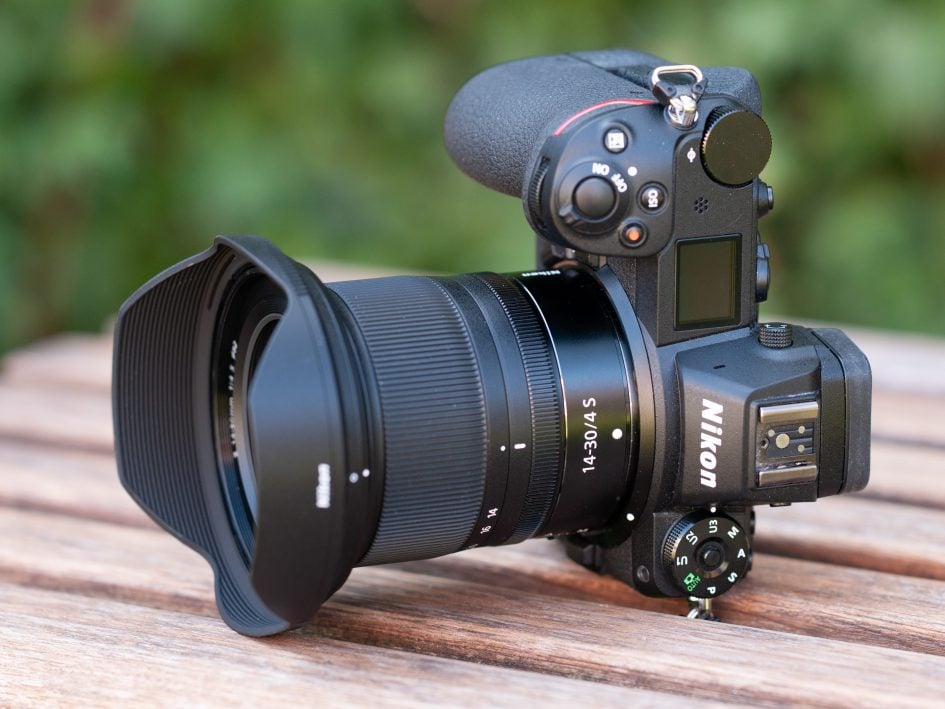
If you’re into wide-angle photography, there’s currently only one native zoom available: the Nikon Z 14-30mm f4 S. The compact and lightweight barrel is a great match for the Z bodies and ideal for travel, but while it performed reasonably well, it lacked in a few of our tests, especially considering the price; see my Nikon Z 14-30mm f4 S review for more details. If you’re happy to accommodate a larger adapted lens, I’d recommend the Tamron SP 15-30mm f2.8 VC which is not only a stop faster, but optically superior in our tests and a tad cheaper too; see my Tamron SP 15-30mm f2.8 VC review for more details.
If you prefer using a fixed focal lens with a faster aperture for wide-angle photography, there’s currently two native options: the Nikon Z 20mm f1.8 S and Nikon Z 24mm f1.8 S which both cost in roughly the same ball-park, just into four figures. In our tests the Z 24mm f1.8 S performed very well, passing well-regarded models including the Sigma 24mm f1.4 Art and an adapted (albeit more affordable) 24mm f1.8G, while even approaching the Otus 28mm f1.4; see my Nikon Z 24mm f1.8 S review for more details.
If you’re into portraits, you’ll be looking for a short telephoto lens in the 85 to 135mm range, and while there’s currently only one fixed focal length option in the native Z mount, there’s a wealth of adapted models to consider. Starting native, the Nikon Z 85mm f1.8 S is a decent performer at one of the lower prices in the Z catalogue; see my Nikon Z 85mm f1.8 S review for more details. If your budget is lower, consider adapting an older Nikon 85mm f1.8G for around two thirds the price, or if you’re happy to accommodate something heftier at around 50% more, go for an adapted Sigma 85mm f1.4 Art which is one of the best models in its class; see my Sigma 85mm f1.4 Art review for more details.
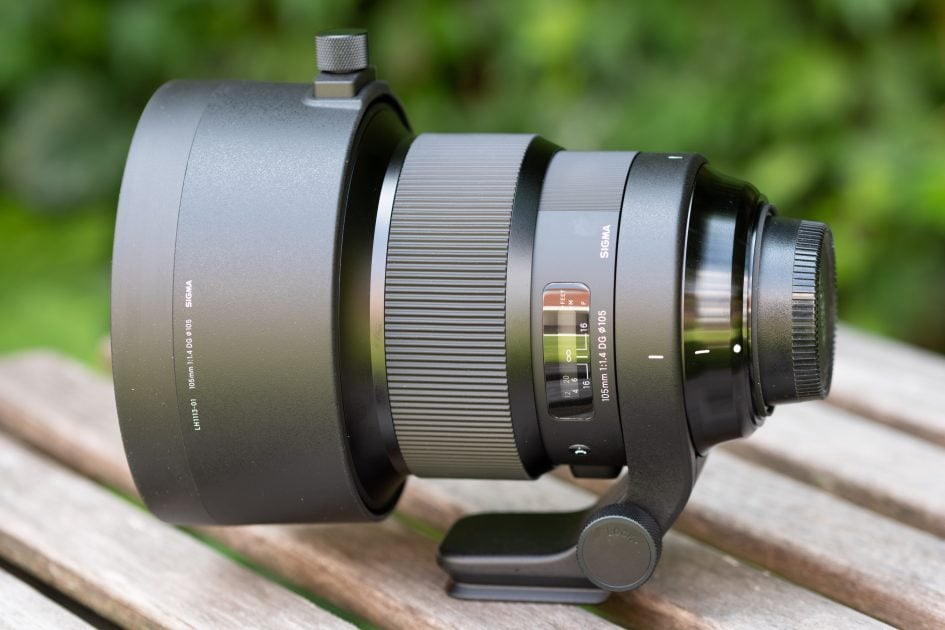
If 85mm is a little short, how about adapting the Sigma 105mm f1.4 Art, a stunning lens that may cost roughly double the Z 85mm f1.8 S but delivers unrivalled results; check out my Sigma 105mm f1.4 Art review for more details. Alternatively at a slightly lower price there’s the Sigma 135mm f1.8 Art, perfect for more distant portrait work and one of the best lenses we’ve tested; see my Sigma 135mm f1.8 Art review for more details, and also see my Best Nikon DSLR lens guide for more adapted ideas.
If you want something longer, or prefer to trade the brightest apertures for the flexibility of a zoom, then consider a telephoto zoom lens. In the native mount, there’s the Nikon Z 70-200mm f2.8 VR S; I’m yet to test this lens, but it’ll be up against adapting the slightly cheaper Nikon 70-200mm f2.8E VR which delivered excellent performance in our tests; see my Nikon 70-200mm f2.8E VR review for more details. Beyond this, there’s an enormous range of alternative telephoto zooms available from Nikon and third parties if you’re happy to adapt, in particular some unique and affordable options from Sigma and Tamron, so I’ll refer you to my Nikon DSLR lens guide for more recommendations.
Finally for this Z-mount lens guide are macro lenses, and without any native options so far, you’ll be adapting a DSLR lens for close-up work. You could adapt the Nikon 105mm f2.8 Micro Nikkor, but in our tests the Tamron 90mm f2.8 VC II delivered superior results and is one of the best macro options for any system; see my Tamron 90mm f2.8 VC II review for more details. Note the AF on this lens may not always work reliably when adapted to Nikon Z bodies, so until a firmware can resolve it you may need to rely on manual focus – but that’s not uncommon in a macro environment.
That’s it for my Nikon Z lens guide, but I’ll be updating it with new lenses and options as they become available. Also check out my Nikon DSLR lens guide for more options.
Best F-mount lenses for Nikon DSLRs
Welcome to my guide to choosing the best Nikon DSLR lenses. I’ll help you navigate through one of the largest catalogues of lenses from both Nikon and third parties to find the right models for you. While F-mount lenses are primarily designed for Nikon DSLRs, they can also be successfully adapted to Nikon’s Z mirrorless system, greatly expanding the range of options available. There’s so many choices I’ve divided my guide into five sections depending on what you want to photograph, so scroll down and start short-listing your perfect lenses!
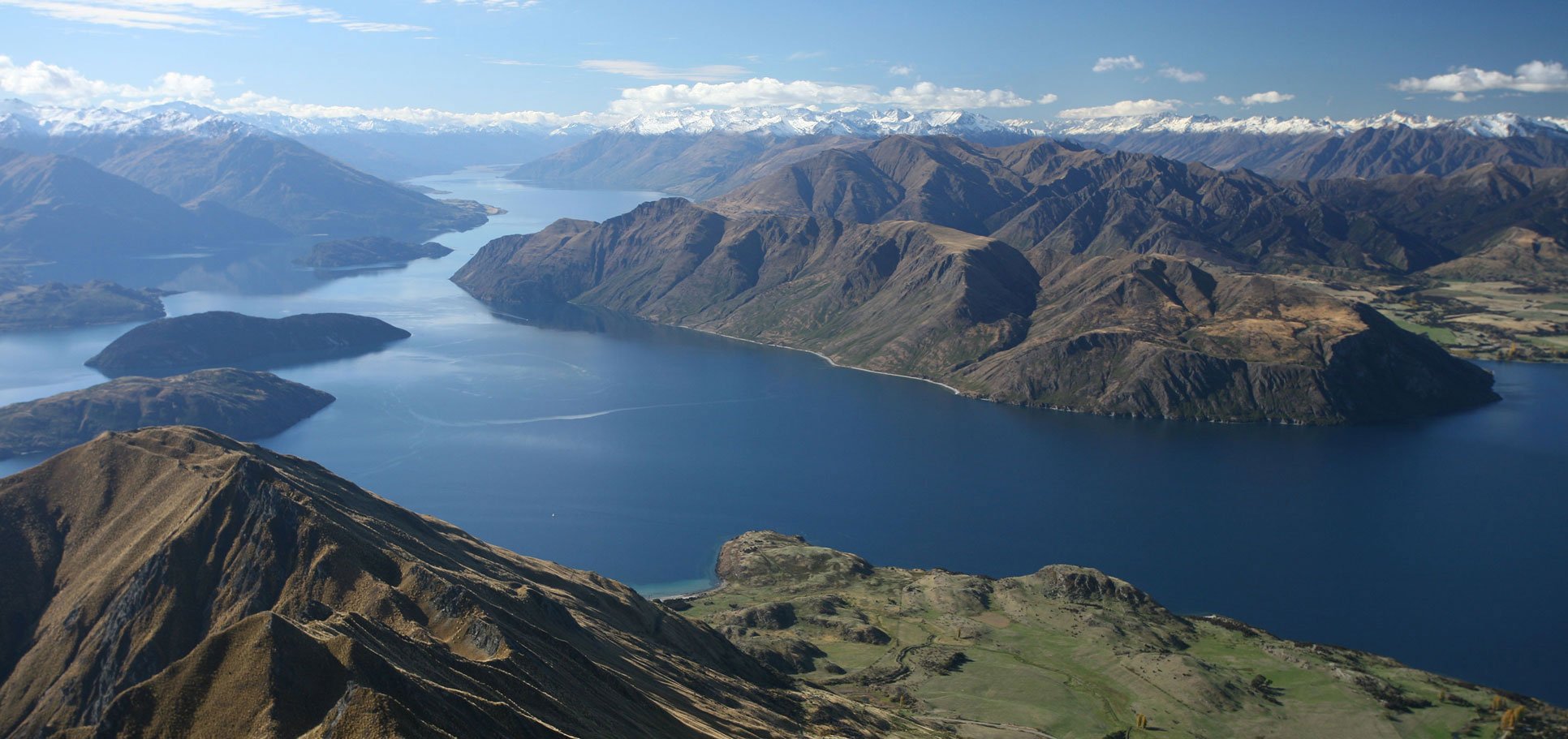
Best Nikon General Purpose Lenses
General-purpose zooms handle most day-to-day shots, offering wide-angle to telephoto coverage. Unless you’re a specialist, you’ll probably keep a general-purpose zoom fitted to your DSLR more than any other lens so it makes sense to have a good one.
Most DSLRs are sold with a standard lens, but upgrading to a better model can give you superior image quality, a broader range, quicker focusing or brighter apertures for low-light work and blurred backgrounds. See my Best Nikon General Purpose Lens guide for the best models.

Best Nikon Macro Lenses
If you’re into taking close-ups of flowers, insects or other tiny subjects, you’ll quickly become frustrated with the capabilities of a standard kit lens – they just can’t focus close enough to deliver a decent-sized image.
The answer is a Macro lens, which is designed specifically for high quality close-up photography. Many also double-up as respectable portrait lenses. So if you want big photos of small subjects, check out my Best Nikon Macro Lens guide for the best models.

Best Nikon Portrait Lenses
For many people, a good-looking portrait shot combines a flattering view of the subject against a blurred background. This is very easy to achieve with the right lens. The key behind a blurred background is having a lens with a small f-number, and the flattering perspective is down to a slightly magnified view. Lenses with small f-numbers also capture more light, which makes them ideal for shooting in low-light without a flash.
In my Best Nikon Portrait Lens guide I’ll show you which models are best for the job.
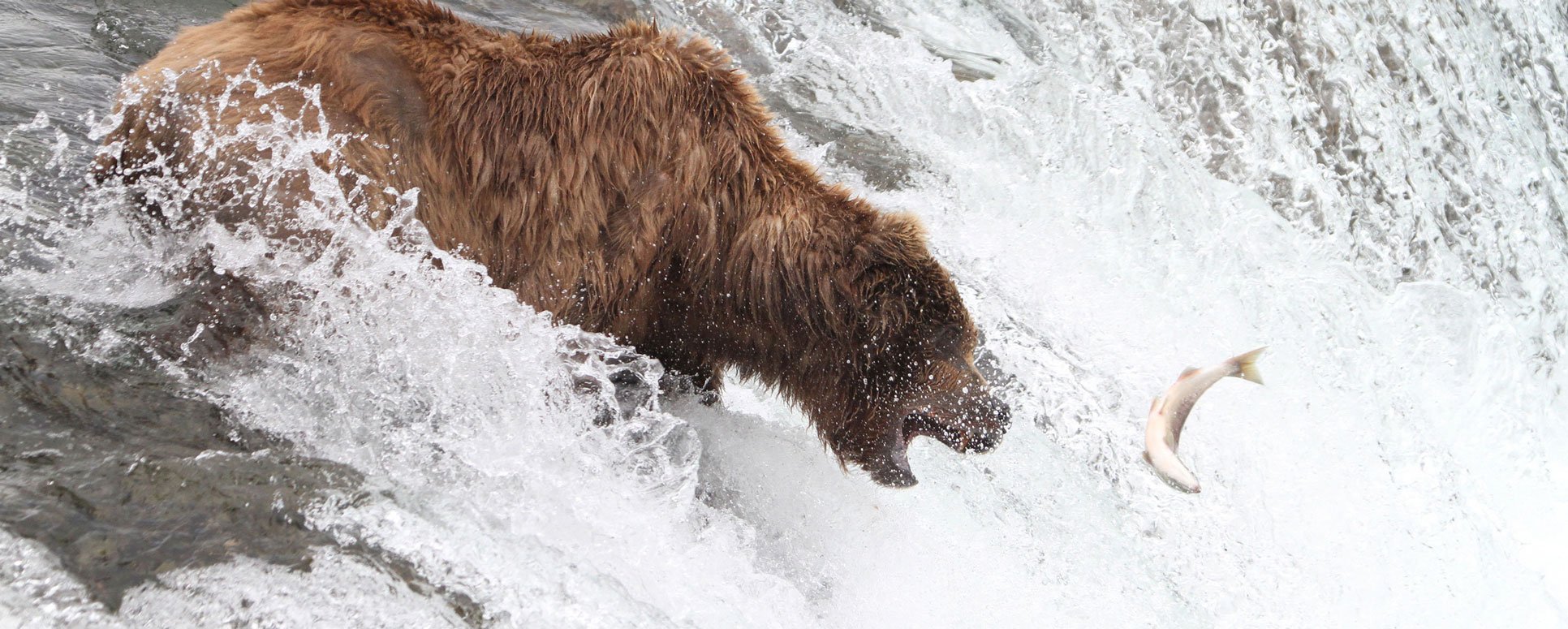
Best Nikon Telephoto Lenses
If you want to get close to a distant subject, you need a telephoto lens. These are ideal for sports and wildlife photography, along with capturing candid shots of people at a distance. They’re also great for getting closer to details in both natural and urban environments which are lost in a larger view.
Their broad flexibility coupled with a desire to zoom-closer than a standard kit lens makes a telephoto model the natural choice when most people start shopping for a second lens. See my Best Nikon Telephoto Lenses for recommended models.
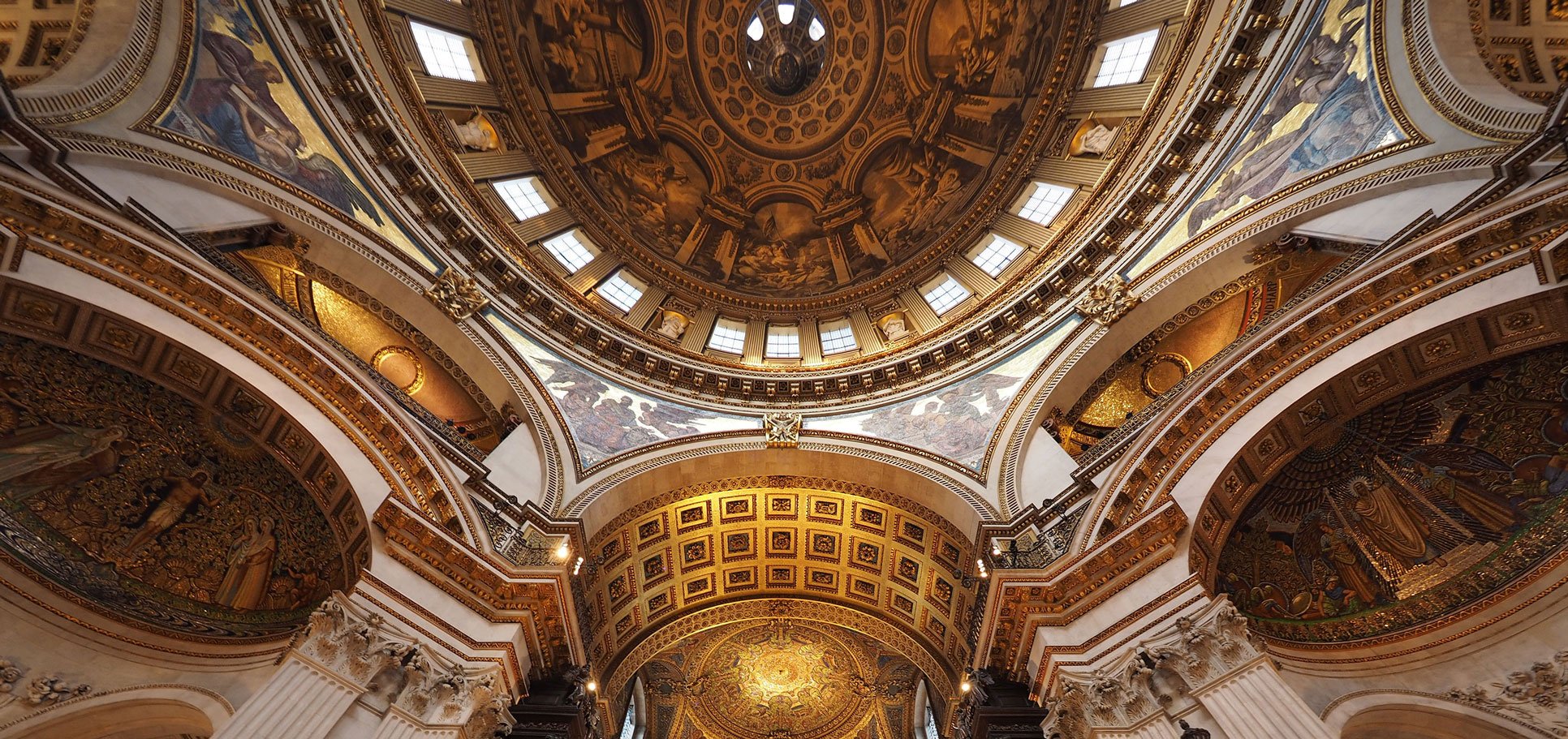
Best Nikon wide-angle Lenses
Wide-angle lenses capture bigger views than normal, allowing you to squeeze very large subjects into the frame. They can prove invaluable whether you’re trying to photograph a large building, cramped interior, sweeping landscape view, or even just a big group shot. They’re also ideal when you literally can’t step back any further.
So if you’re into landscape or architectural photography, or often find yourself stepping-back to squeeze-in the desired shot, then check out my Best Nikon wide-angle Lens guide for the best models.
